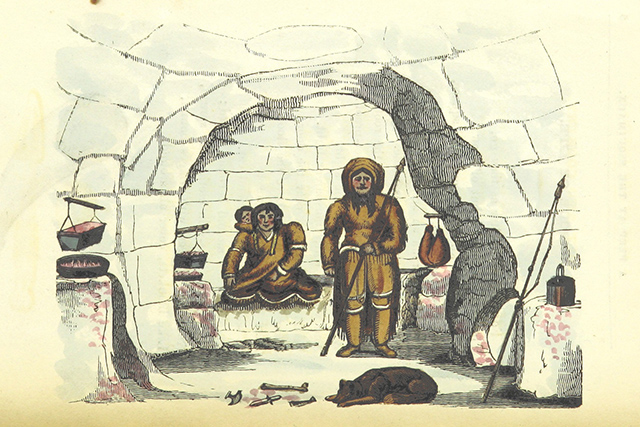Cancer as Evolutionary Process
Associate Professor at MIT Leonid Mirny on mutations in oncogenes, tumor suppressors, and cancer biology in terms of the theory of evolution
videos | January 15, 2014
What is the prototypical feature of malignant tumors? Is there any way for scientists to find out which genes are involved in cancer progression? What can thinking about cancer from the evolutionary standpoint add to classic cancer research? Professor of Health Sciences and Technology and Physics at Massachusetts Institute of Technology Leonid Mirny explains.
What does evolutionary process mean? When we say these words we usually mean Darwinian evolution in the following sense. Firstly, there are mutations. Mutations are random. Mutations arise independent of selection that will act on them. And later selection will choose individuals that have mutations providing those individuals with sort of some advantages. That’s a traditional sort of understanding of evolution. Cancer is sort of an evolutionary process. People started realizing this in 1970s, in a couple of papers published back then.
In what sense cancer is an evolutionary process? Cancer starts from a single cell. This single cell acquires a first mutation that makes it a little bit more like a cancer cell. This cell starts dividing more rapidly, it’s less sensitive to mechanisms of the organism that suppress cell division. And it may acquire the next mutation that will make it even more like a cancer cell. Now there is not a single cell, there are many cells that all came from that single cell. One of the cells will acquire a mutation that will make this individual single cell more fit ot more like a cancer cell. For example, it might be a mutation that increases the mutation rate itself. Within the body of the cancer there is a selection for such cells. So this cell now becomes the founder of the next generation of cancer cells. That’s another population of cells, yet other mutations, mutations constantly arise at random, and now there is a selection for cells that are more and more aggressive as cancer cells.
Nowadays we have sequencing, and, moreover, we have what’s called “cancer genome projects”. Cancer genome projects are constructed around specific types of cancer and patients that carry these types of cancer. A sample is taken from the cancer and a sample is taken from another tissue in the same patient. And then they are sequenced – so you read the letters of the genome inside the cancer and you read the sequence of the letters in the normal tissue. And then you compare the two and you see: oh, in the normal tissue there was letter A, and here is letter G. So that’s one of the mutations in cancer cells. And you can identify in this way many mutations that are present in cancer cells.





























